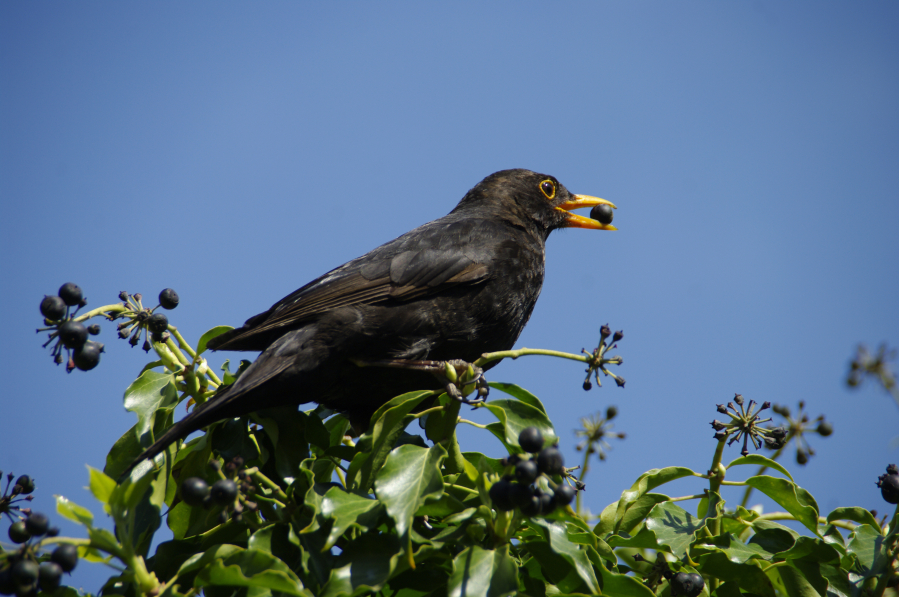In the historic battle of birds versus farmers, there’s a new hi-tech scarecrow in town.
Bird Control Group, a Netherlands-based firm, is selling a laser in the U.S. that imitates predators to scare off birds. The Agrilaser Autonomic, as it’s called, is installed near crops and combines colors, filters and lenses to produce a greenish laser beam about 3 inches in diameter. Birds perceive the back-and-forth motion of the laser as a physical danger, like a predator or an oncoming car, and instinctively take flight to seek safety, Chief Executive Officer Steinar Henskes said.
It took the company about three years to develop “the ultimate laser beam to repel birds,” Henskes said. About 100 U.S. farms have already adopted the technology, which has been in use for two seasons. The company expects that number could triple by next year, Henskes said.
As long as humans have domesticated crops, they’ve contended with flying pests eager to indulge in a quick meal. Robins, starlings and blackbirds in particular have been known to wipe out acres of ripe berries. A 2012 survey estimated that birds caused $189 million in damages to blueberry, cherry, wine grape and Honeycrisp apple crops in California, Michigan, New York, Oregon and Washington in the previous season. Farmers already use a variety of tools to deter birds, including nets, cannons, inflatable air dancers, recordings of birds calling out in distress, and repellent.



